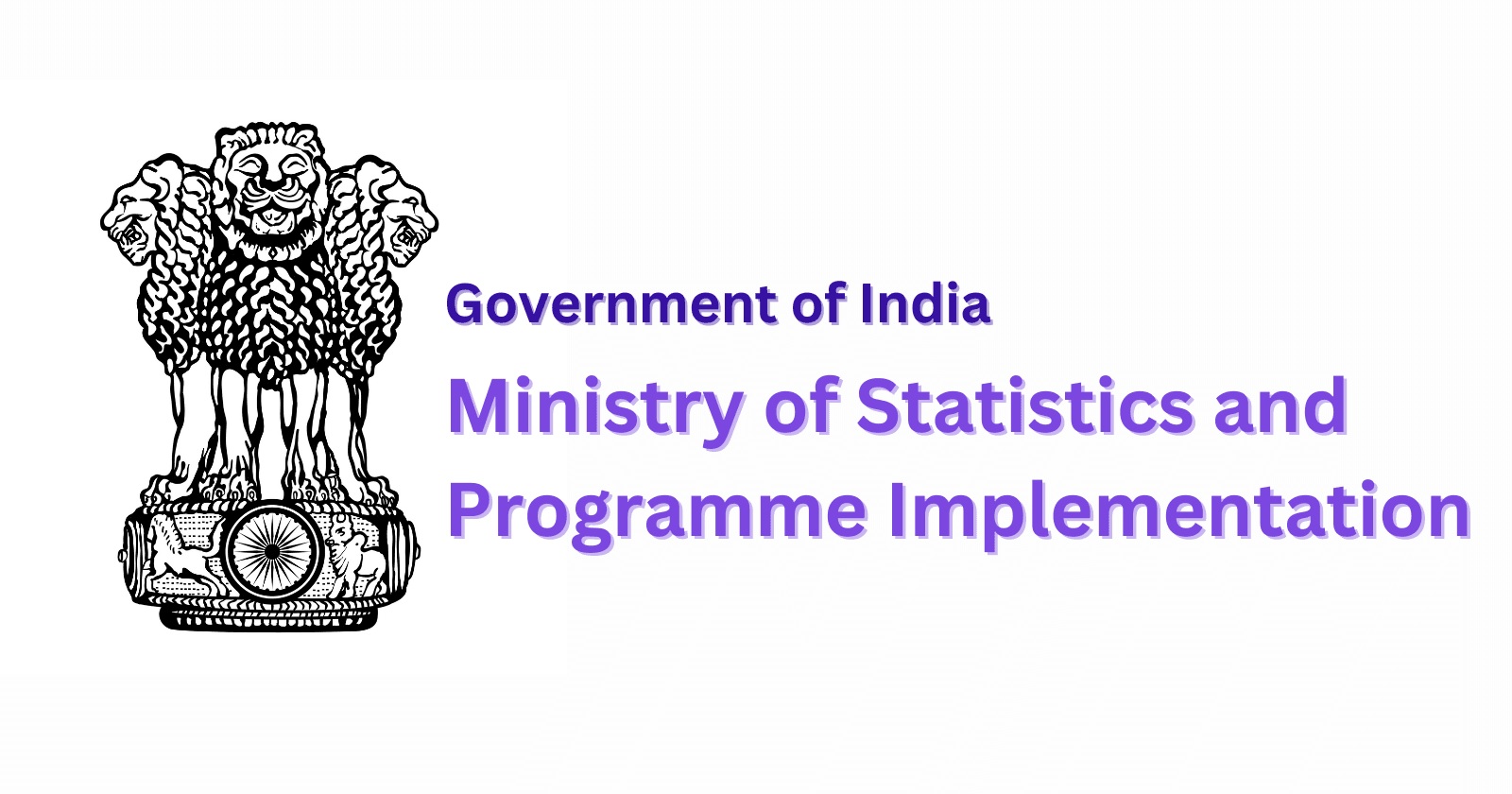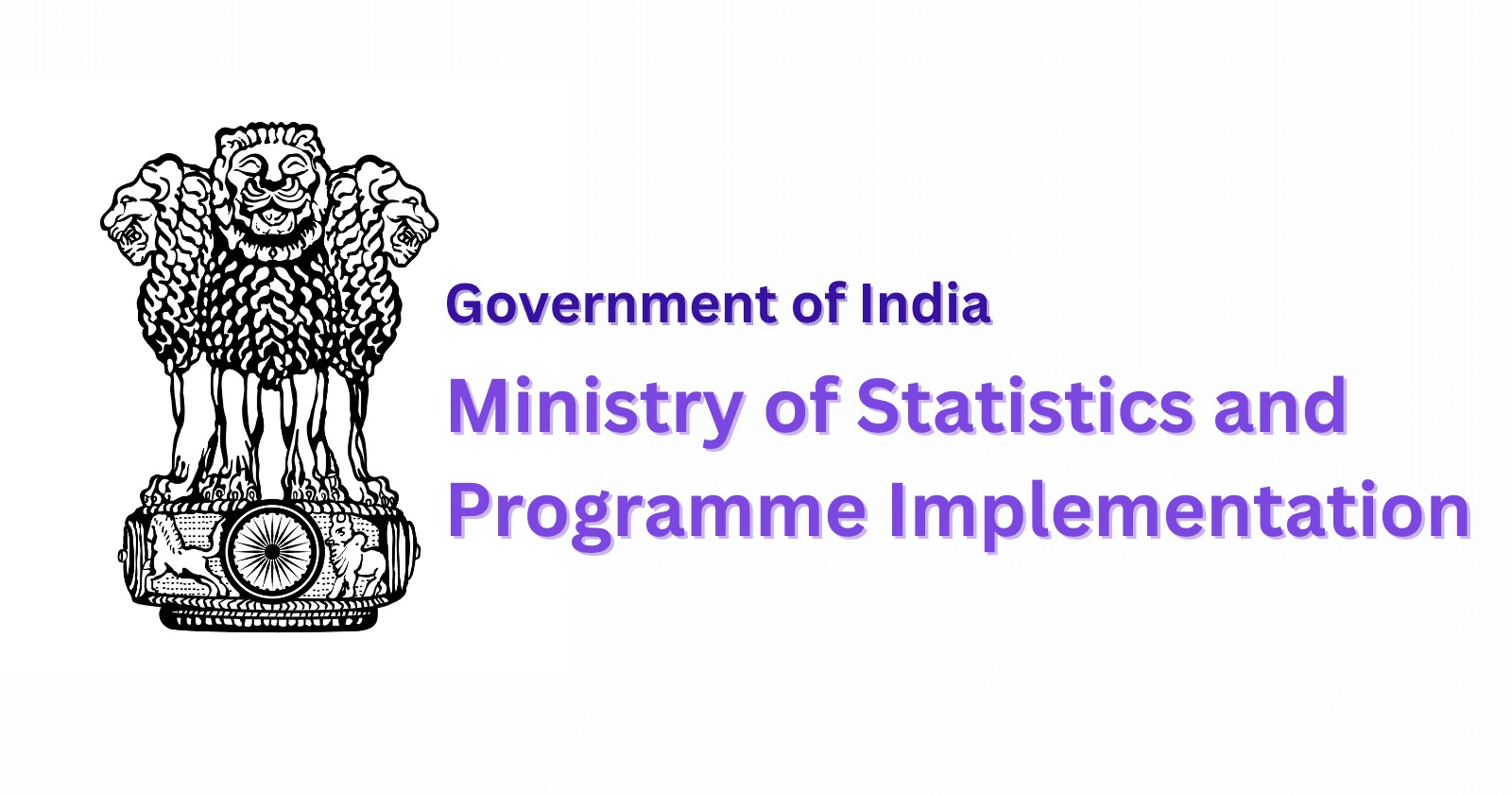Ministry of Statistics and Programme
Implementation (MoSPI) released the publication titled “Children in India
2025”.
Key Highlights of
the Publication
¨
Infant
Mortality Rate: In 2023, the national Infant Mortality Rate (IMR) in India was
25 deaths per 1,000 live births, reflecting an improvement from 26 in 2022. The
IMR was slightly higher for males (26) compared to females (25), based on data
by sex and residence across major states.
¨ Birth Rate: The birth rate showed a
decreasing trend in 2022 and 2023. In 2023, the national birth rate was 18.4
per 1,000 population, with a higher rate in rural areas at 20.3 compared to
14.9 in urban areas.
¨ Under-five mortality rate (U5MR): U5MR is
estimated at 29, which is an improvement from 2022 figures (30), and it varies
from 33 in rural areas to 20 in urban areas (As per Sample Registration System
(SRS) – Statistical Report 2023).
¨ Drop Out Rate: The dropout rate improved
significantly in 2024-25, falling to 2.3% at the preparatory level, 3.5% at the
middle level, and 8.2% at the secondary level, down from higher rates in
previous years.
¨ Child Adoption Rate: The number of in-country
adoptions has ranged between 2,991 and 4,155 annually, while inter-country
adoptions have varied from 360 to 653 per year. In 2024-25, there were 4,155
in-country adoptions, with 2,336 female and 1,819 male children adopted, indicating
a possible preference for female children in both in-country and inter-country
adoptions.
¨
Women:
The percentage of women aged 20-24 years who had married before the of age 18
years has reduced from 26.8 in 2015-16 to 23.3 in 2019-21.
About the Publication
¨
The
Ministry of Statistics and Programme Implementation (MoSPI) has been releasing
an ad-hoc publication titled “Children in India” since 2008.
¨ It is the fourth such publication on the
status of children in India. The publication provides a comprehensive and
detailed analysis of the well-being of children in the country.
¨ The publication offers data and insights on
education, health, nutrition, and child protection to support evidence-based
policies for improving children’s well-being.
¨
The
report is structured into seven chapters: Overview, Population & Vital
Statistics, Health & Nutrition, Education & Development, Crimes &
Child Protection, Policy & Legal Framework, and Sustainable Development
Goals for children.
This year’s changes
in the publication are
¨
An expert
committee with representatives from relevant Ministries and demography experts
was formed to advise on expanding scope, data sources, and design improvements.
¨ The publication is now organized
chapter-wise, with dedicated data tables included in each chapter for easier
reference.
¨
New data
categories added include Causes of Death, Adoption Statistics, Overall
Performance Comparison, and Usage of Mobile and Other Devices.




